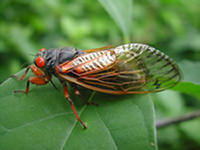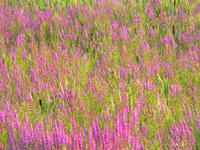 Two centuries ago, the beginning of September was hop-picking time in our town. Vine-like herbs that can grow as much as a foot a day, hops bear cone-like fruits widely used in making beer as well as medicines.
Two centuries ago, the beginning of September was hop-picking time in our town. Vine-like herbs that can grow as much as a foot a day, hops bear cone-like fruits widely used in making beer as well as medicines. Hops not only flavored but preserved beer, critical in the days before refrigeration. Back then, beer was not looked upon as the stuff of guzzlers but as a nutritious beverage that was long lasting and safer than water, which might carry diseases and parasites.
Many small farmers here grew hops as a side crop. It did not require much space because most of the growth was vertical – up poles (“hop” is from the Anglo-Saxon, hoppan, to climb). The area of the farm set aside for growing hops was called a “hopyard.” Small farmers picked and baled the fruits or “strobili” to ship to mills and drug manufacturers.
The hop, by the way, is closely related to marijuana. In fact, as one authority reports, “counterculture entrepreneurs have apparently succeeded in grafting hops tops on marijuana bottoms and getting a ‘heady hop.’” However, to maintain good health and stay out of jail, drink your hops, don’t toke them.
(Photo shows hops climbing a pole at the Hazel Farm in South Ryegate, Vt.)







